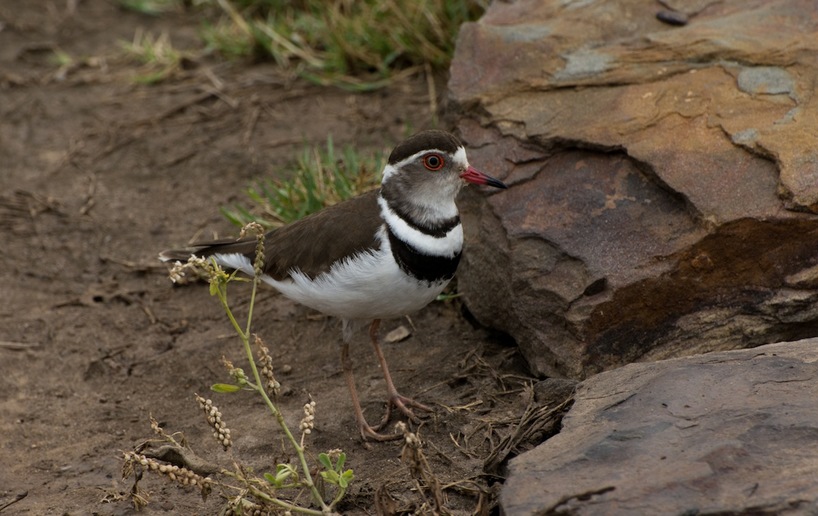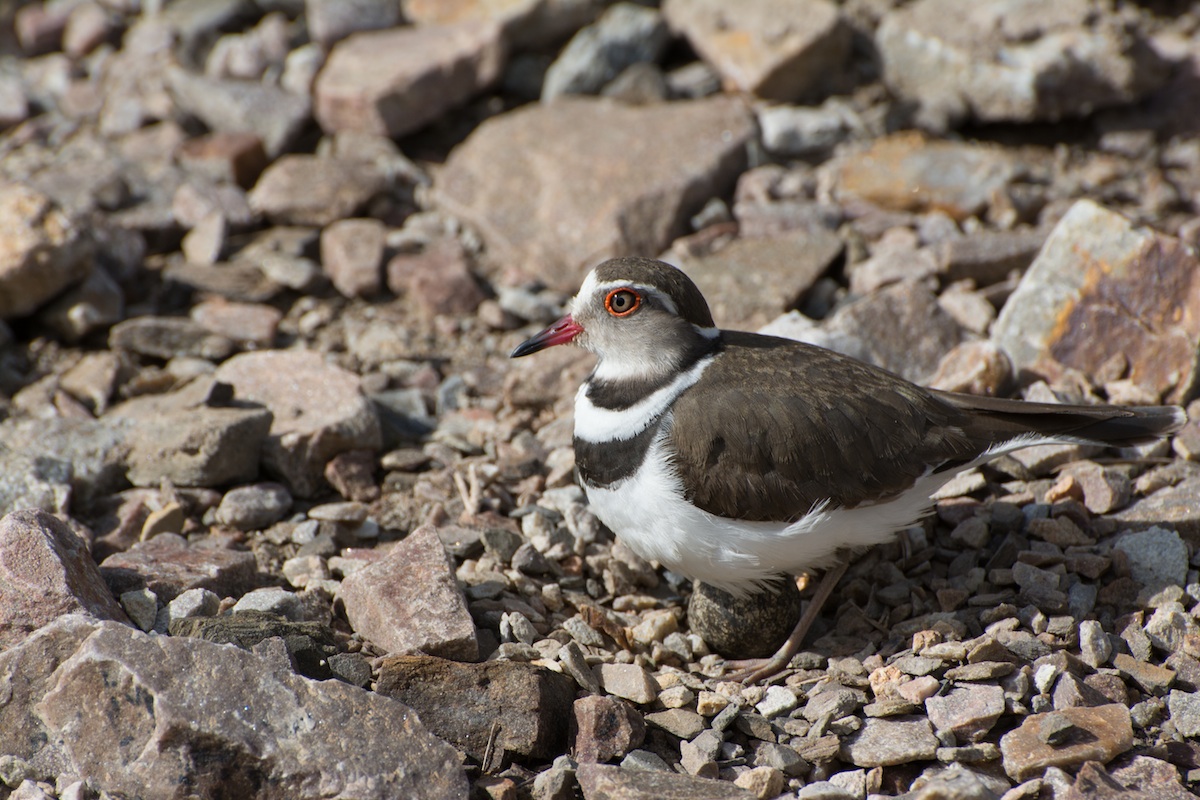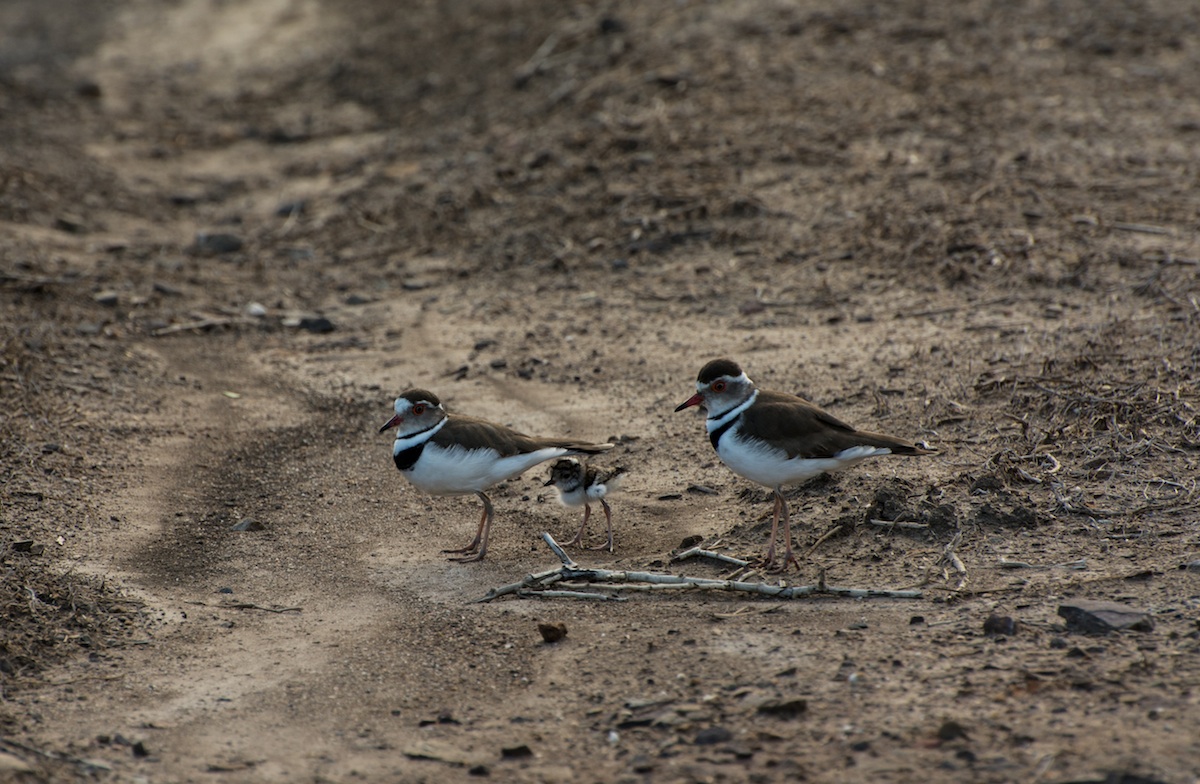Birding: Breeding Cycle of Three Banded Plover

Kariega Game Reserve is privileged to have so many photographic enthusiasts within our field guide team. Ranger Louis captured this fantastic photo story of the breeding cycle of the three banded plover. We felt it was appropriate to share with you this month as August to November is the peak of this delicate birds laying season.
Three Banded Plover Breeding at Kariega
The nest is a simple scrape in sand, mud or shingle and the female usually lays one or two eggs. The most interesting part of the breeding cycle is the nest scraping ceremony. The male pushes his chest into the ground and then rotates his body to make a nest scrape while his back legs move backwards kicking up the sand. The male then moves away from the nest scrape, tail raised and neatens up the scrape by picking up and discarding fragments. The female then moves in for an inspection, also picking at fragments before moving away. The male will make several scrapes before the female is happy and chooses one!

Three Banded Plover Breeding
Copulation takes place within the breeding territory. The female entices the male through an enthusiastic 'bobbing' display that she repeats approximately 30 times before the male responds. He approaches the female with a ‘high stepping gait’ while she crouches and he climbs on her back.
Once an egg has been laid it is incubated for 26-28 days before a perfect little chick, as depicted below, hatches. Both adults care for the chick for up to 42 days. It will begin to fly, albeit weakly at around 21 days.

Thank you Louis for these awesome photos that allow us to marvel at nature… again!
Are you a bird-lover? What was the most interesting bird you encountered on your Kariega safari? Tell us your story on our Facebook page. We always love to hear from you.









